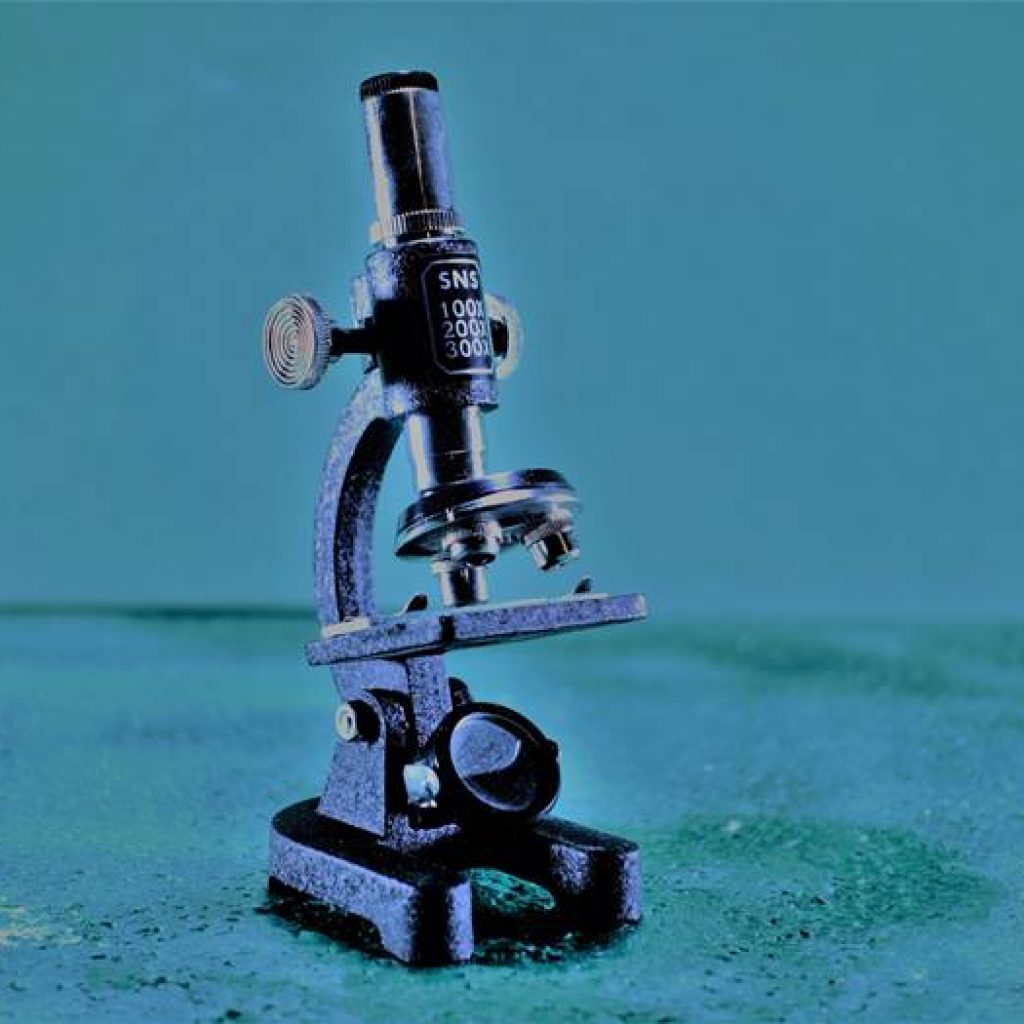A recent study undertaken by a team of research experts at the Vision Center of Children’s Hospital Los Angeles and the University of Southern California (USC) probably have found a way to derive important genetic information that may help diagnose retinoblastoma without removing the eye.
For the uninitiated, to diagnose children with retinoblastoma, doctors generally need to remove the eye to conduct a biopsy, however, with recent developments, the tumor of the retina can now be diagnosed in a safe and effective way. Retinoblastoma generally affects children under 5 years of age and accounts for 3% of childhood cancers. Moreover, this tumor of the retina, if not diagnosed early, may result in the loss of eyesight in one or both eyes and thus prove to be fatal, cite experts. Furthermore, experts reveal that retinoblastoma tumors cannot be directly biopsied, unlike most cancers.
Although, retinoblastoma was amongst the very first tumors to have its genetic origin identified, oncologists who treated ocular cancers were limited in their ability to use the genetic information to optimize the treatment, as they were only able to access the tumor if the affected eye was removed. However, oncologists from the Children’s Hospital and Keck’s Roski Eye Institute have now demonstrated that the fluid taken from the affected eye during the treatment has enough genetic material that could determine the DNA of the tumor – a breakthrough that could lead to a new liquid biopsy.
The treatment process of retinoblastoma includes chemotherapy – provided either through intravenous procedures or via an artery connected to the eye. However, this treatment had its limitation, given that small tumor particles break off from the main tumor in the process. Over the years, the treatment for preventing tumor seeds changed with the advent of intraocular injections of chemotherapy.
Nevertheless, the investigators related to the findings remained optimistic stating that the research had the potential to “completely transform the way treatment is given to children diagnosed with retinoblastoma as these are the most significant findings in past two decades.”



